Green grass is often seen as a hallmark of a well-maintained property, but its benefits extend far beyond mere aesthetics. One of the most significant advantages of having a lush, green lawn is its ability to improve air quality. Grass acts as a natural air filter, absorbing carbon dioxide and releasing oxygen through the process of photosynthesis.
This not only contributes to a healthier environment but also helps mitigate the effects of climate change by sequestering carbon in the soil. Furthermore, grass can trap dust, pollen, and other airborne pollutants, leading to cleaner air for both humans and wildlife. In addition to environmental benefits, green grass provides practical advantages for homeowners.
A healthy lawn can serve as a natural cooling system, reducing the temperature around your home by several degrees compared to hard surfaces like concrete or asphalt. This cooling effect can lead to lower energy costs during hot summer months, as less air conditioning is required to maintain comfortable indoor temperatures. Moreover, a well-kept lawn can enhance property value, making it more appealing to potential buyers.
A vibrant green lawn signals that the property is cared for and can create a positive first impression.
Key Takeaways
- Green grass provides natural cooling, reduces air pollution, and improves air quality.
- Choose the right grass for your lawn based on climate, soil type, and sun exposure.
- Regular mowing, watering, and fertilizing are essential for maintaining a healthy lawn.
- Use eco-friendly lawn care products and techniques to minimize environmental impact.
- Identify and address common lawn problems such as weeds, pests, and diseases promptly.
Choosing the Right Grass for Your Lawn
Climate Considerations
Cool-season grasses such as Kentucky bluegrass and fescue thrive in northern climates where temperatures are moderate. These grasses are known for their lush appearance and ability to withstand cold winters. On the other hand, warm-season grasses like Bermuda and zoysia are better suited for southern regions, where they flourish in the heat and can endure drought conditions.
Evaluating Your Lawn’s Specific Needs
Beyond climate considerations, it’s essential to evaluate the specific needs of your lawn. Factors such as sunlight exposure, soil type, and intended use play a significant role in determining the best grass variety. For example, if your lawn receives full sun and experiences heavy foot traffic, a durable grass like Bermuda may be ideal. On the other hand, if your yard is shaded by trees, shade-tolerant varieties like fine fescue or creeping bentgrass would be more appropriate.
Choosing the Right Grass for Your Unique Environment
Understanding these nuances will help you select a grass type that not only looks good but also thrives in your unique environment. By considering your climate, lawn conditions, and specific needs, you can create a lush and vibrant landscape that will bring joy and beauty to your outdoor space.
Maintaining a Healthy Lawn
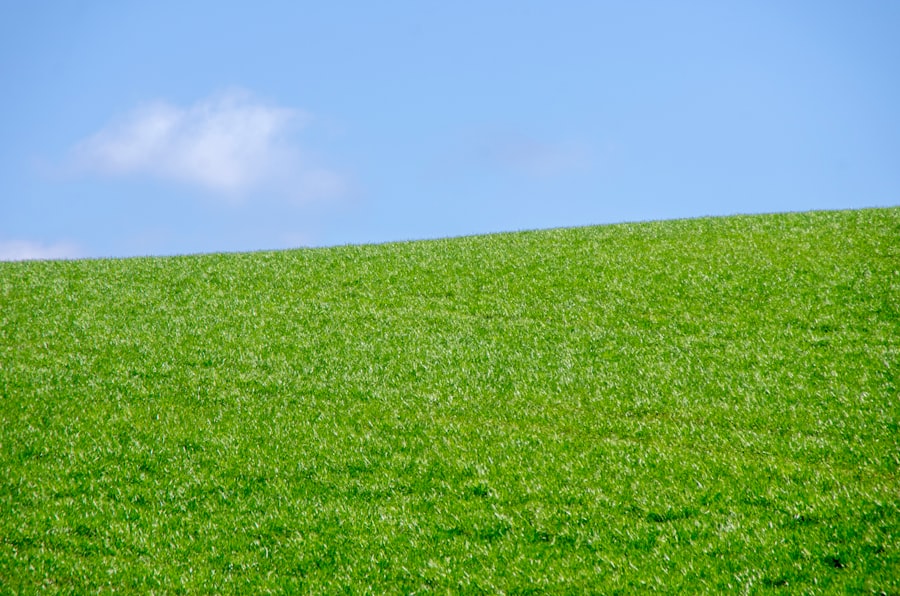
Maintaining a healthy lawn requires consistent effort and attention to detail. One of the foundational aspects of lawn care is mowing. Regular mowing encourages grass to grow thicker and denser while preventing weeds from taking root.
It’s important to set your mower blade at the correct height; cutting too short can stress the grass and expose it to disease. Generally, keeping grass at a height of 2.5 to 4 inches allows for optimal growth while providing shade to the soil, which helps retain moisture. In addition to mowing, proper aeration is vital for promoting healthy root development.
Aeration involves perforating the soil with holes to allow air, water, and nutrients to penetrate deeper into the ground. This process alleviates soil compaction, which can hinder root growth and water absorption. Aerating your lawn once or twice a year can significantly improve its overall health and resilience.
Additionally, regular dethatching—removing the layer of dead grass and organic matter that accumulates on the soil surface—can further enhance air circulation and nutrient uptake.
Eco-Friendly Lawn Care Tips
| Tip | Description |
|---|---|
| Use natural fertilizers | Avoid synthetic chemicals and opt for organic fertilizers like compost or manure. |
| Water deeply but infrequently | Encourage deep root growth by watering your lawn deeply but less frequently. |
| Mow high | Set your mower to a higher setting to promote healthier grass and reduce water evaporation. |
| Leave grass clippings | Allow grass clippings to decompose on the lawn, providing natural nutrients to the soil. |
| Choose native plants | Opt for native plants and grasses that are adapted to your local climate and require less maintenance. |
Adopting eco-friendly lawn care practices not only benefits the environment but can also lead to a healthier lawn. One effective strategy is to reduce chemical usage by opting for organic fertilizers and pest control methods. Organic fertilizers release nutrients slowly over time, minimizing the risk of runoff into local waterways while promoting long-term soil health.
Additionally, using natural pest deterrents such as neem oil or insecticidal soap can help manage pests without harming beneficial insects or pollinators. Another eco-friendly approach is to implement xeriscaping principles in your lawn care routine. This involves designing your landscape with drought-resistant plants and grasses that require less water.
By incorporating native plants that are adapted to your local climate, you can create a beautiful landscape that thrives with minimal irrigation. Furthermore, using mulch around plants not only conserves moisture but also suppresses weeds and adds organic matter to the soil as it breaks down.
Dealing with Common Lawn Problems
Even with diligent care, lawns can encounter various problems that may hinder their health and appearance. One common issue is weed infestation, which can quickly overtake a lawn if left unchecked. Identifying the type of weeds present is crucial for effective management; some may require specific herbicides while others can be controlled through manual removal or mulching techniques.
Regularly mowing at the correct height can also prevent weeds from establishing themselves by limiting their access to sunlight. Another prevalent problem is lawn diseases caused by fungi or bacteria. Symptoms may include brown patches, wilting grass, or unusual discoloration.
To combat these issues, it’s essential to maintain proper watering practices—overwatering can create an environment conducive to disease development. Additionally, ensuring good air circulation through aeration and dethatching can help prevent fungal growth. If diseases persist despite preventive measures, consulting with a local extension service or lawn care professional may provide tailored solutions.
The Importance of Watering and Fertilizing
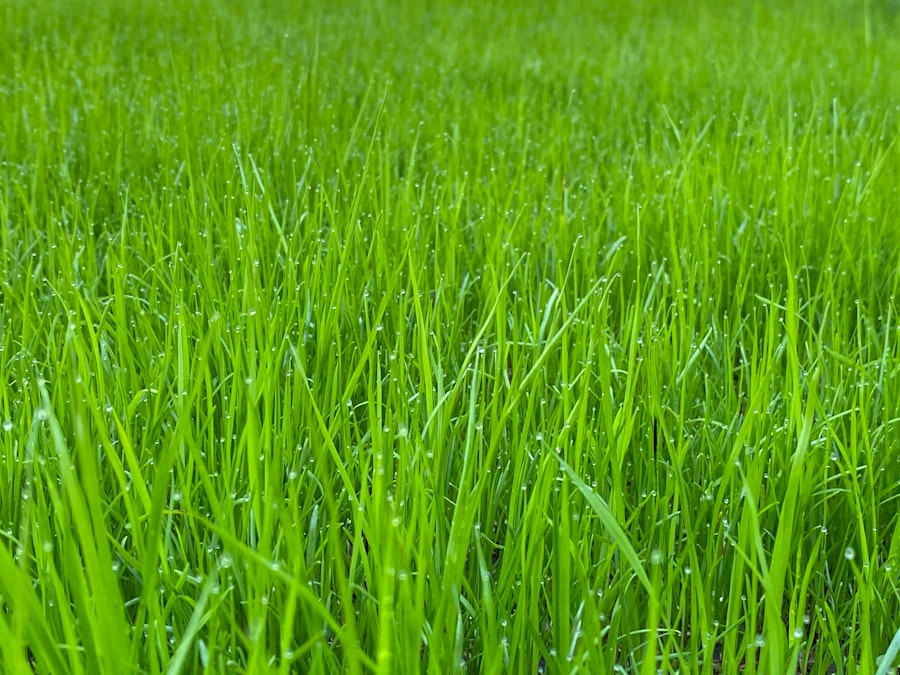
Watering is one of the most critical aspects of lawn care, as it directly impacts grass health and growth. Understanding when and how much to water is essential for maintaining a lush lawn. Generally, lawns require about one inch of water per week, either from rainfall or irrigation.
It’s best to water deeply but infrequently; this encourages deep root growth and helps grass withstand periods of drought. Early morning is often considered the ideal time for watering since it allows moisture to soak into the soil before evaporation occurs. Fertilizing your lawn is equally important for providing essential nutrients that promote growth and resilience against pests and diseases.
The type of fertilizer you choose should depend on your grass type and soil conditions. A soil test can help determine nutrient deficiencies and guide your fertilization strategy. Slow-release fertilizers are often recommended as they provide a steady supply of nutrients over time without overwhelming the grass with excess nitrogen.
Enhancing Your Lawn with Landscaping
Landscaping offers an excellent opportunity to enhance the beauty and functionality of your lawn while complementing its natural features. Incorporating elements such as flower beds, shrubs, and ornamental trees can create visual interest and provide habitat for local wildlife. When planning your landscape design, consider using native plants that are well-suited to your region’s climate and soil conditions; these plants typically require less maintenance and water than non-native species.
In addition to traditional landscaping elements, hardscaping features like patios, walkways, and retaining walls can add structure and usability to your outdoor space. These features not only enhance aesthetic appeal but also help manage water runoff by directing it away from grassy areas prone to erosion or flooding. Integrating these elements thoughtfully into your landscape design can create a harmonious balance between hard surfaces and green spaces.
Creating a Sustainable Lawn Care Routine
Establishing a sustainable lawn care routine involves integrating practices that promote long-term health while minimizing environmental impact. One effective strategy is to adopt a seasonal approach to lawn care that aligns with natural growth cycles. For instance, spring is an ideal time for aeration and fertilization as grass begins its active growth phase, while fall is perfect for overseeding and preparing the lawn for winter dormancy.
Incorporating composting into your routine can also enhance sustainability efforts by recycling organic waste into nutrient-rich soil amendments. By composting grass clippings, leaves, and kitchen scraps, you create a valuable resource that enriches your soil without relying on synthetic fertilizers. Additionally, keeping an eye on local weather patterns can help you adjust watering schedules accordingly—this not only conserves water but also ensures that your lawn receives adequate moisture without overwatering.
By embracing these practices and understanding the intricacies of lawn care, homeowners can cultivate beautiful green spaces that thrive sustainably while contributing positively to their environment.
If you are interested in exploring the philosophical aspects of nature and consciousness, you may want to check out an article on Vaisesika Philosophy at com/vaisesika-philosophy-exploring-reality-and-consciousness/’>Yimho.
This article delves into the concept of reality and consciousness from a philosophical perspective, which may provide further insights into the significance of elements like grass in our environment.
FAQs
What is a grass PNG?
A grass PNG is an image file that contains a transparent background and depicts a grassy landscape or individual blades of grass. The PNG format allows for the grass image to be placed on top of other images or backgrounds without a white or colored box surrounding it.
Where can I find grass PNG images?
Grass PNG images can be found on various websites that offer free or paid stock images, as well as on graphic design platforms and online marketplaces. Additionally, some individuals and organizations may create and share grass PNG images for free on their personal websites or social media platforms.
How can I use grass PNG images?
Grass PNG images can be used in a variety of ways, including as overlays for photos, backgrounds for digital artwork, or elements in graphic design projects. They can also be used in presentations, websites, and social media posts to add a natural and organic touch to visual content.
Are there different types of grass PNG images available?
Yes, there are various types of grass PNG images available, including images of lush green grass, dry or brown grass, grassy fields, and individual blades of grass. Additionally, some grass PNG images may include flowers, insects, or other natural elements to enhance the overall composition.
Can I edit grass PNG images?
Yes, grass PNG images can be edited using graphic design software such as Adobe Photoshop, GIMP, or Canva. This allows users to resize, crop, adjust colors, and add effects to the grass images to better suit their specific creative needs.
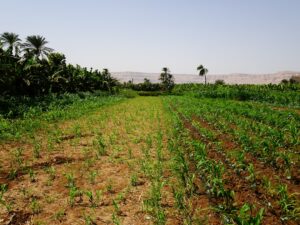
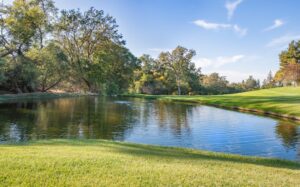

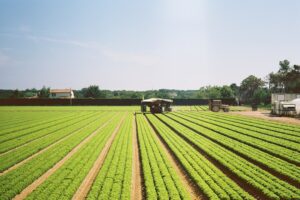


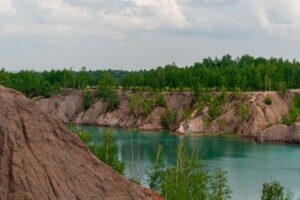



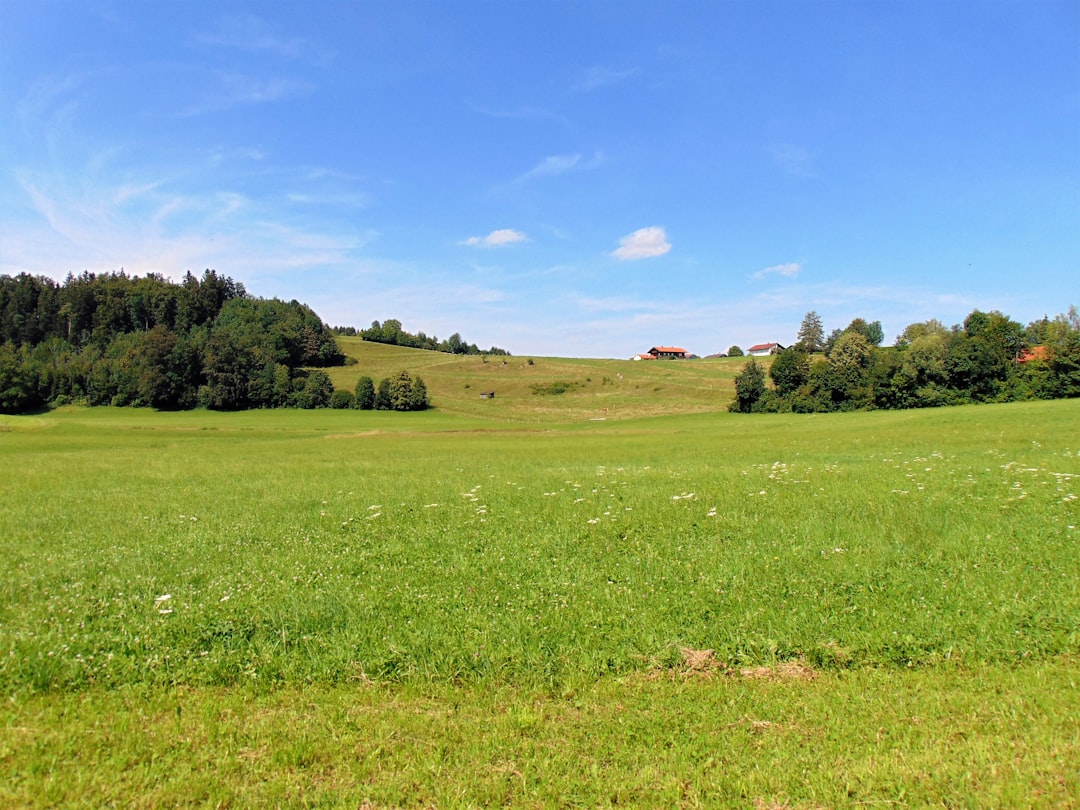
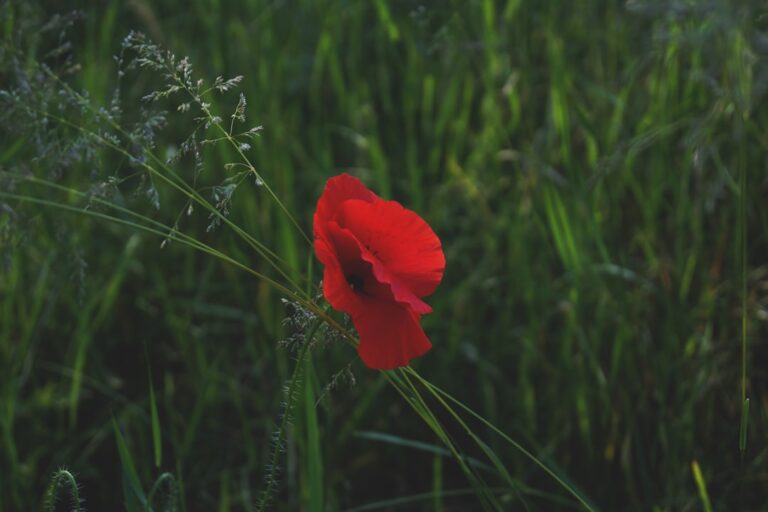

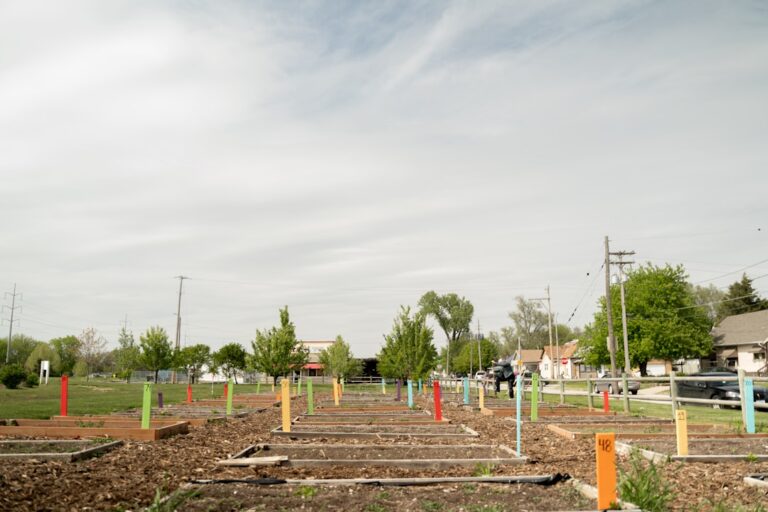
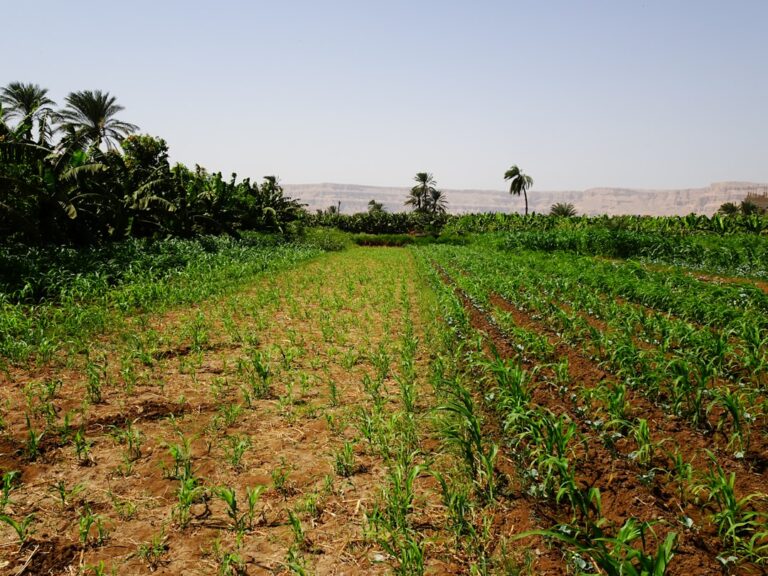


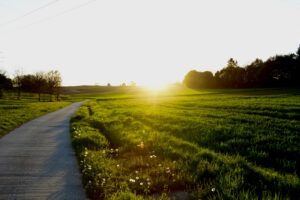
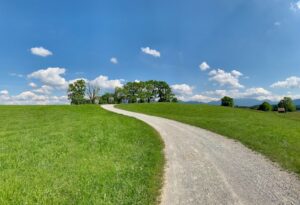
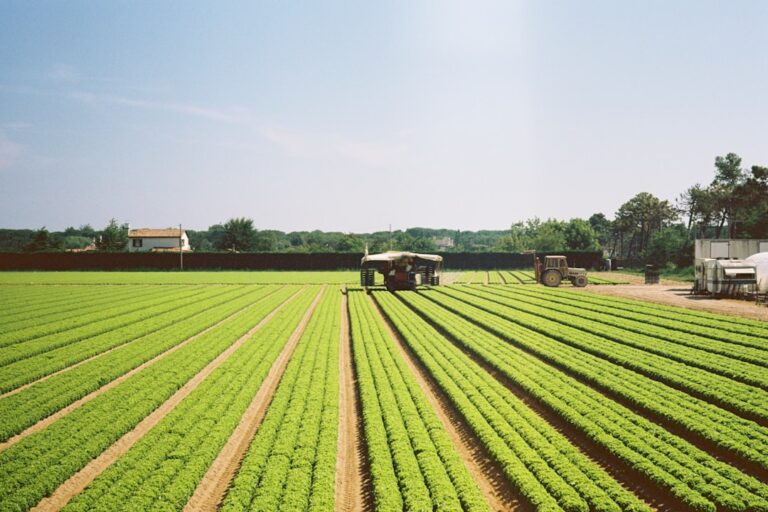




+ There are no comments
Add yours